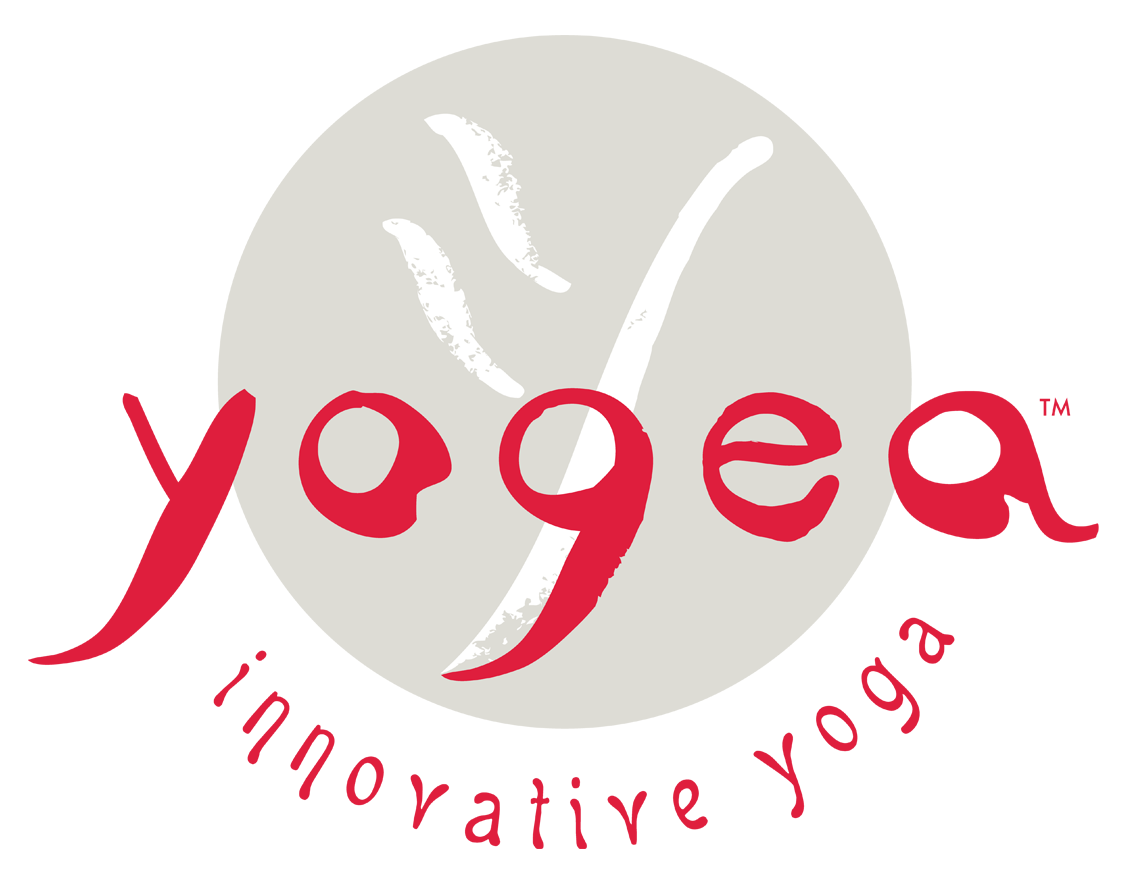Limber Base
Have you ever walked out of a yoga class upset with yourself that you couldn’t even do a proper down-dog? This is me 20 years ago when I couldn’t fold over the legs, and was desperately trying to convince myself that yoga just wasn’t for me. Deprived of flexible hamstrings, hip flexors, gluteus and quads I was lucky to have a strong will power that kept me going. Throughout my teaching years I have had many instances where people simply quit because they want to fit their structure into certain poses. Edge playing is foreign to them They push against their body’s odds, and end up injuring themselves. This is because in many cases, a standard yoga class consisting of a couple of rounds of Sun Salutes, lunges, standing, forward bending, inverted, twisted, and arching poses does not necessarily lead to pelvic and leg suppleness. Some pundits will exclaim that flexibility is not the goal of yoga. In actuality it isn’t, but the truth of the matter is that, if our hamstrings, gluteus, psoas, and hip flexors are tight we won’t be able to really enjoy a deep asana practice. Ultimately, if we do gain more flexibility, our mind becomes agile, too. We become more resourceful to live artfully and sustainably. All the aspects of our being are indelibly intertwined. We can’t separate the body from the expression of the soul and the raising of awareness.
Essentially, the stiffness in the pelvic girdle and the legs, in part, is the result of the sedentary culture that our hi-paced, industrial and well-informed civilization has imposed worldwide. We sit at our desks all day. We drive our cars, or ride the train or bus to commune to and back from work. Then we sit in front of the T.V. or at the dinner table, and finally recline in bed. Even if we break this matrix ridden-routine with a semi-weekly gym or yoga class, or simple pedestrian walks and strolls through the park, we still won’t give our base tendons, joints, muscles and ligaments the treatment they deserve.
From my experience in yoga sequencing I find that tightness in these areas requires a specific yoga practice that incorporates repetitive pose and counter-pose variations conducted in a flow-based pace, and enhanced with organic transitions that allow the body to bounce, pulsate and freely shift angles, levels, directions and intensity. A slow gentle yoga rhythm won’t get the body warm enough. Alternately, a more rigorous and strenuous sequence will overwork the muscles and constrict the tendons and ligaments, incurring soreness. So the ultimate pelvis and leg opening practice emphasizes the significance of transitions that simultaneously allow the body to twist, bend, curve, bounce, arch and invert. Once assumed the pose dissolves into the next transition that involves fluid adjusting and repetitive flow. Holding poses for an extended period of time is counterproductive in such cases, and yields no results. The sequence should be integrally composed as to work out the core, the pelvis and legs.
Structurally, the pelvis and legs constitute the base girdle of our body. Our core is part of the lower abdomen and when properly stimulated, so that it is supple and toned, it gives us a strong center from which to move in any direction – kinesthetically, energetically and spiritually. On a subtle level, rigid hip flexors and gluteus warn of unresolved emotional baggage dumped in the pool of our seat. Such stiffness may also hint that we need to clear away mental debris from the past that curbs the flow of abundance in our life. Stifled hamstrings and rusty psoas muscles are not only caused by a stressful and sedentary life style. They also hold a lot of mental imprints, especially doubt and suspicion, and reveal a weakened parasympathetic nervous system and low pro-activity. To put it simply, we are way too wrapped in the duality of the mind. Vacillating between unattended past and future angst we become risk averse and resistant to change. When our base that shifts us in space is not aligned with our true purpose, we need to strike the middle ground that will restore the flow in our life. So, we have no excuse to give “those” hamstrings, gluteus, psoas, hip flexors and quads a gentle hug.
Hamstrings & Pelvis Yogea Routine: Limber Base (beginners level)
This Yogea sequence is especially designed for people with tight hamstrings, hip flexors, quads, psoas and gluteus. New safe ways to lubricate the joints and promote the elasticity of the tendons in the lower body half are introduced. The warm up blends various accessible poses to awaken the musculature. The first part is deliberately conducted while kneeling as to provide a firm foundation for the pelvis to open and readjust. The hamstrings are stretched in tandem with the gluteus, the psoas with the groins and the hip flexors with the quads. A special softening through the top of the foot is offered, which in turn allows an easy descent of hips into heels. The safe alternation between externally and neutrally rotated standing poses increases overall flexibility. Forward bends are coupled with hip twists as to allow deeper engaging of the core and the lower back. A cooling section combines sitting, reclining and bound hip openers and concluding twists. Meridian crossings and binds are performed to channel vital force into the organs and prepare the body energetically for deeper opening. A progressive relaxation relieves any unreleased tension and brings us back to the center of our being.

Leave a Reply